Syria: Adoption of Resolution Reauthorising Cross-Border Humanitarian Access
The penholders on the humanitarian track on Syria—Australia, Jordan and Luxembourg—are expecting to put a draft resolution reauthorising the humanitarian access provisions of resolution 2165 in blue for a vote later this week. Australia and Luxembourg have led on the humanitarian track over the last two years (joined by Jordan in 2014) and are looking to secure the reauthorisation before they leave the Council on 31 December. (Resolution 2165 of 14 July authorised UN agencies and their implementing partners to use routes across conflict lines and several border crossings so that humanitarian assistance reached people in need throughout Syria. The initial authorisation was for 180 days.)
Under-Secretary-General for Humanitarian Affairs Valerie Amos last briefed the Council on 25 November where she reported that resolution 2165 had allowed direct delivery of aid into hard-to-reach areas and the expanded reach had allowed for a more effective humanitarian response. She said resolution 2165 had made a difference and hoped its provisions would be renewed. Amos is due to provide the next monthly briefing this afternoon (15 December) and is expected to reiterate these points and highlight the continuing devastating humanitarian impact of the crisis.
Shortly after Amos’s November briefing, negotiations began on the draft resolution. There were several rounds between the penholders and the P5, and a final round on 12 December with all Council members to finalise the draft. It seems during the negotiations, no Council member expressed opposition to the overarching goal of the draft, which is to extend until 10 January 2016 the authorisation allowing the UN and its implementing partners to deliver humanitarian assistance across borders and conflict lines in the absence of Syria’s consent and to similarly extend the monitoring mechanism that ensures the humanitarian nature of such aid convoys.
However, there were significant differences between the penholders plus P3 and China and Russia on how to reflect major developments since resolution 2165 was adopted in July: the increasing visibility of the Islamic State of Iraq and al-Sham (ISIS) and Al-Nusra Front and the nascent development of Special Envoy Staffan de Mistura’s plans for “freeze zones” to deescalate the violence in Syria.
While both previous humanitarian resolutions 2139 and 2165 referenced the threat of terrorism in Syria, this draft text is more explicit regarding ISIS’s and Al-Nusra’s control of areas in Syria and the humanitarian impact of their presence. It seems Russia wanted significantly stronger and more numerous references to the threat of terrorism in the draft, whereas the penholders and P3 felt it was important to maintain the focus on the broader humanitarian aspects of the situation in Syria. In their view, without underestimating the threat ISIS poses, the Assad regime remains responsible for the majority of violations in the conflict and the main obstacle to the delivery of humanitarian aid throughout the country. Russia’s position was that it was difficult to accept the draft if it disregarded terrorism. In the end, the references to terrorism, while more specific than in previous resolutions in order to reflect the reality on the ground, were nevertheless confined to one preambular paragraph. Similarly, the first paragraph of the draft resolution that recalls the Council’s Syria-specific resolutions and presidential statements, in addition to resolution 2175 on the protection of humanitarian personnel, excludes the recent ISIS-specific resolutions 2170 and 2178, references to which are onlyin the paragraph that addresses terrorism.
Another difficult issue that arose during negotiations was finding language that would reflect a consensus position on how to express support for the Special Envoy’s idea for freeze zones in the Syrian conflict. It seems Russia was fully supportive of “freeze zones” and wanted to welcome the “action plan” de Mistura had outlined during his briefing on 30 October. While mindful that Council members are supportive of de Mistura’s incremental approach, the penholders and P3 were wary of including language that endorsed a plan which had yet to be fully formulated, let alone formally proposed to the Council. Furthermore, in the absence of a concrete plan, it was unclear to these Council members whether a freeze zone would be more than the opposition’s agreement to surrender as the result of the government’s siege and starvation tactics. In the draft resolution, the full support expressed for de Mistura is delinked from any explicit endorsement of freeze zones. However, the draft does look forward to further advice from de Mistura on his proposals to reduce violence, including through the implementation of freeze zones. The draft resolution also links any Syrian political process to the 30 June 2012 Geneva Communiqué.
Another delicate issue that arose early in the negotiations was how to refer to parties to the conflict. In previous Syria resolutions, obligations were imposed on all parties to the conflict, whereas in this draft the reference is to “all parties to the Syrian domestic conflict.” It seems the word “domestic” excludes the US-led anti-ISIS coalition—that began airstrikes in Syria on 22 September—as one of the parties. Such references are found throughout the draft resolution, but particularly in the operational paragraphs referring to obligations under international humanitarian law and international human rights law, the Secretary-General’s reporting requirements and any possible measures for non-compliance. (However, this is not an entirely new development. The same language has been used since June 2013 in resolutions renewing the UN observer mission in the Golan Heights, presumably to exclude Israel as any potential party to the Syrian conflict.)
Finally, as in resolutions 2139 and 2165, the draft text maintains the monthly reporting cycle on the humanitarian situation in Syria and reaffirms that the Council will take further measures in the event of non-compliance, a veiled reference to sanctions.

